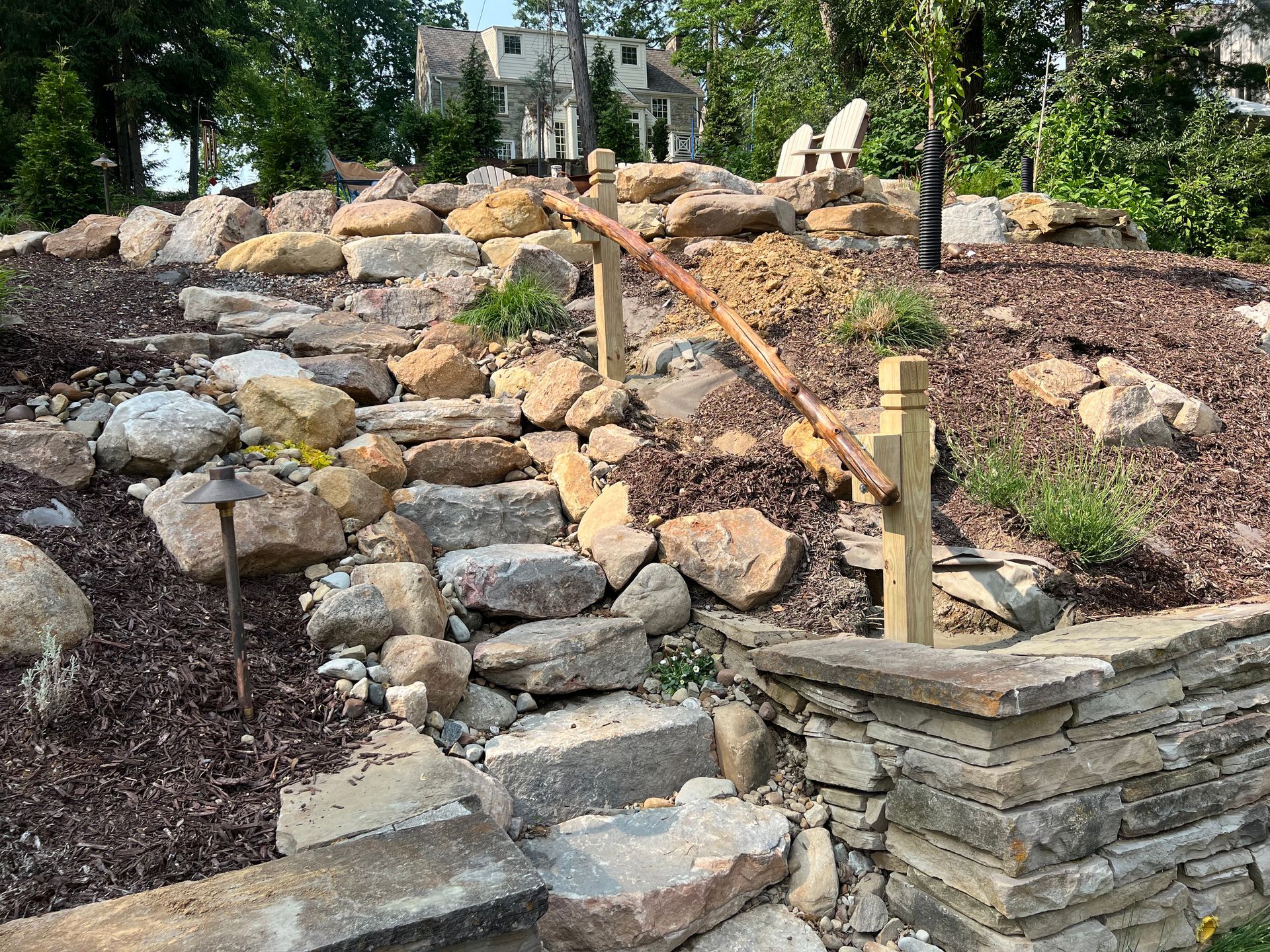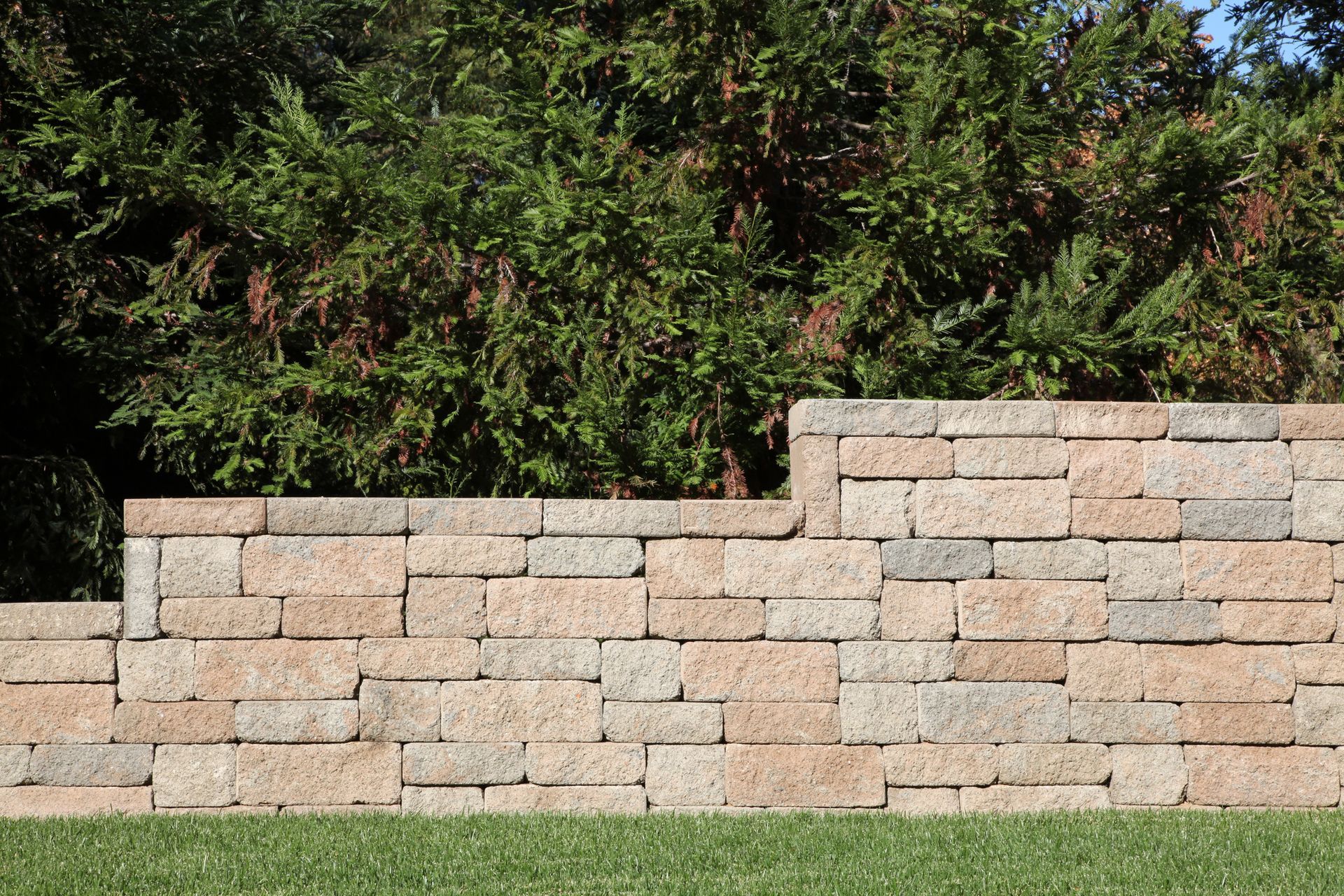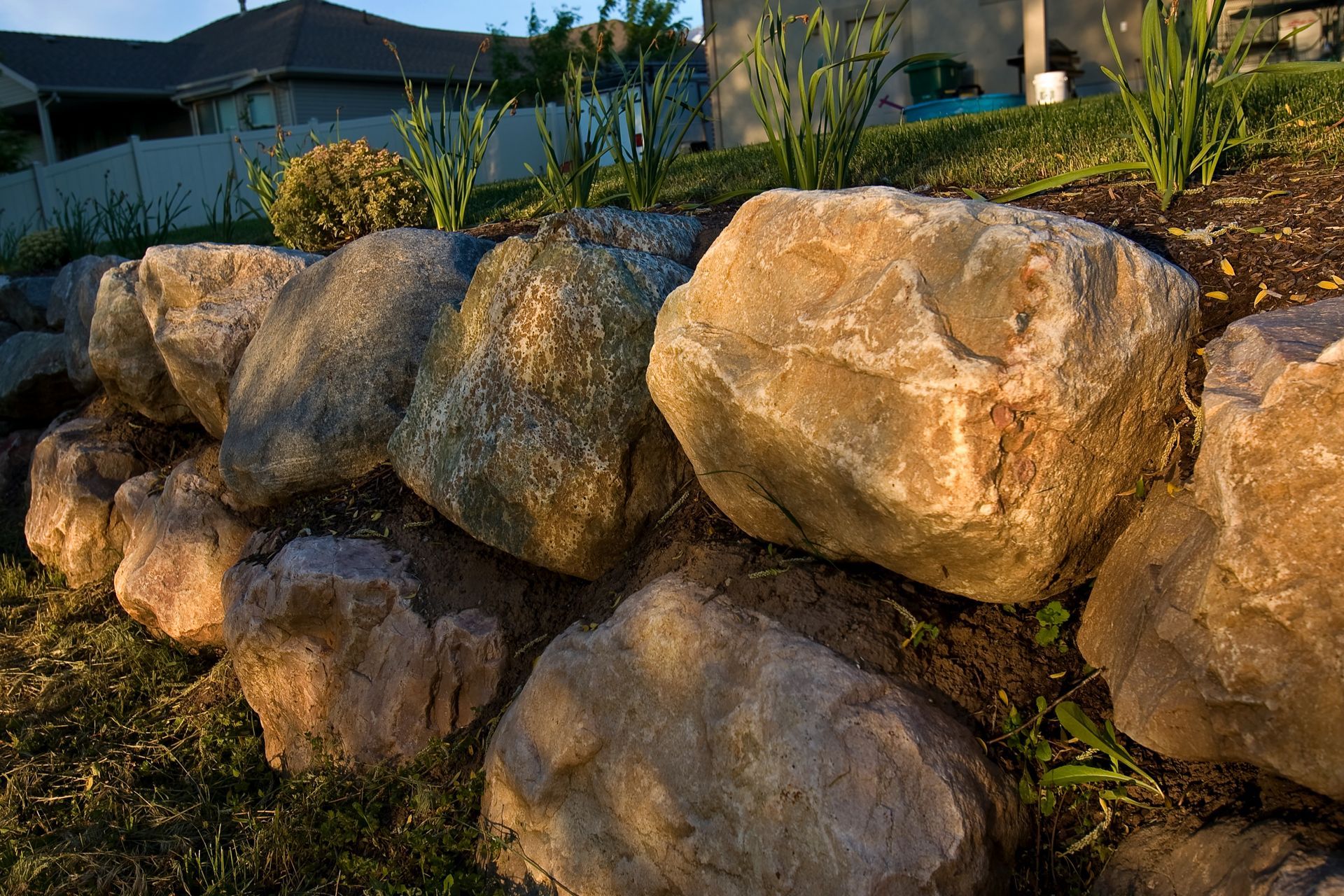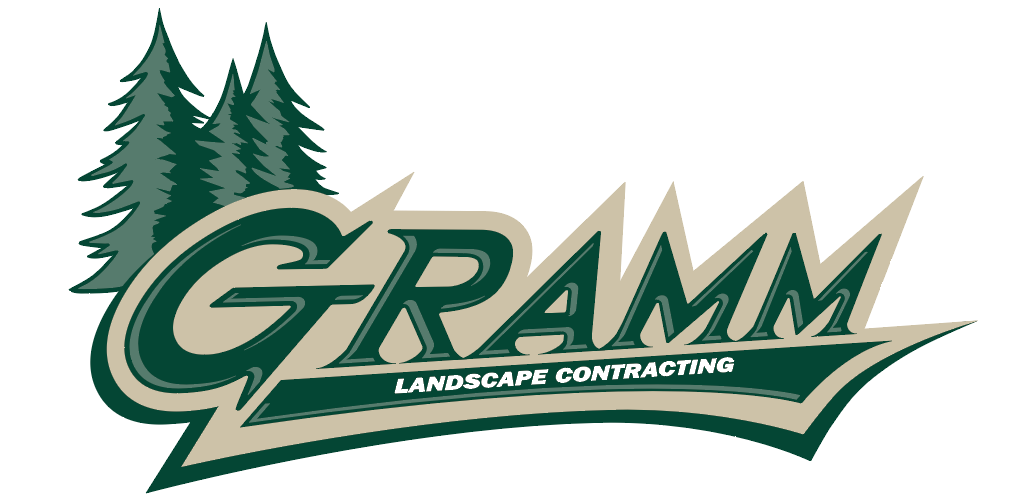Transform Your landscape With A Retaining Wall
Are you a homeowner noticing unsettling changes in your landscape? You may have spotted soil erosion or troubling drainage issues or want to enhance your property's aesthetic. If so, consider the benefits of installing a retaining wall.
This blog post will cover everything you need to know about retaining walls, from recognizing the signs your property needs them to understanding the various types and their maintenance.
Why Retaining Walls Matter
Retaining walls are fucntional but they can also be a stunning addition to your property. These structures provide essential support to keep soil in place, especially on sloped terrain. They help prevent erosion, manage water drainage, and add usable space to your yard. Beyond functionality, retaining walls can dramatically improve the look of your property, increasing its value and appeal.
Signs Your Property Needs a Retaining Wall
Erosion and Soil Movement
One of the most obvious signs your property could benefit from a retaining wall is noticeable soil erosion. If you see soil moving downhill, bare patches where grass once grew, or small landslides, these are clear indicators of erosion. A retaining wall can stabilize the soil, keeping it in place and preventing further degradation.
Changes in Landscape and Water Drainage Issues
Have you noticed pooling water or poor drainage in your yard? This is often a sign that a retaining wall is needed. Improper water drainage can lead to water damage, foundation issues, and landscape degradation. A well-constructed retaining wall can redirect water flow, ensuring your property remains dry and safe.
High Winds in the Area
If your property is exposed to high winds, it can exacerbate erosion and soil movement. In such cases, a retaining wall acts as a barrier, protecting your landscape from the elements. By mitigating wind impact, you can maintain a stable and attractive yard.
A Need for Creating More Usable Space
A retaining wall can create more flat, usable space for properties with steep slopes or uneven terrain. Imagine converting a hilly backyard into terraced gardens or a sloped front yard into an elegant, level entryway. The possibilities are endless, and the added space can significantly enhance your property's functionality.
The Benefits of Installing a Retaining Wall
Stabilizing Steep Slopes or Uneven Terrain
One of the primary reasons homeowners install retaining walls is to stabilize steep slopes and uneven terrain. By providing structural support, retaining walls prevent landslides and soil erosion, ensuring your landscape remains intact and safe.
Enhancing Property Aesthetics and Value
A well-designed retaining wall can be a focal point of your landscape design. Whether you prefer natural stone, wood, or concrete, the right retaining wall can enhance your property's aesthetic appeal. A beautiful, well-maintained yard can significantly increase your home's market value.
Mitigating Flood Risks and Improving Drainage
Retaining walls are excellent tools for managing water flow on your property. They can help mitigate flood risks by directing excess water away from your home and garden. Improved drainage means less standing water, reducing the risk of water damage and promoting a healthier landscape.
Types of Retaining Walls
Gravity Retaining Walls
Gravity walls rely on their own weight to hold back the soil. They are usually composed of heavy materials like stone or concrete. These walls are suitable for small to medium-sized slopes and are relatively easy to construct.
Cantilever Retaining Walls
Cantilever walls are reinforced using steel bars and anchored into a concrete foundation. They are designed to support significant loads and are ideal for taller slopes. Although they are more complex to build, they offer robust support and durability.
Anchored Retaining Walls
Anchored walls use cables or rods anchored into the earth behind the wall for additional support. This type of wall is suitable for high-load conditions, such as steep slopes or retaining walls over twelve feet in height. Anchored walls provide excellent stability and are a good choice for challenging landscapes.
The Installation Process
Planning and Designing
The first step in installing a new retaining wall is thorough planning and design. Assess your property's needs, choose the appropriate materials, and design a wall that complements your landscape. During the planning phase, it's crucial to consider factors like soil type, slope, and drainage.
Constructing the Wall
Proper construction is vital for the longevity and effectiveness of a retaining wall. This involves excavating the site, laying a solid foundation, and building the wall layer by layer. Each layer must be compacted and leveled to ensure stability.
Professional Installation
While DIY projects can be rewarding, retaining walls requires precision and expertise. Hiring professionals ensures your wall is built to last and meets all safety standards. Professional retaining wall installation can save you time and prevent costly mistakes.
Retaining Wall Maintenance
Regular Inspections
Maintaining a retaining wall involves regular inspections to check for any signs of damage or wear. Look for cracks, bulges, or shifts in the wall and address these issues promptly to prevent further deterioration.
Cleaning and Weeding
Keep your retaining wall clean and free of weeds. Regularly remove debris and vegetation that can weaken the structure. Power washing can help keep the wall looking new and free of mold or mildew.
Addressing Drainage Issues
Ensure that the drainage systems around your retaining wall are functioning correctly. Blocked drains can lead to water buildup behind the wall, causing pressure and potential failure. Clean and maintain drainage outlets to prevent these issues.
Work with Gramm Outdoor Contracting for Retaining Wall Installation
Retaining walls offers many benefits, from stabilizing terrain and preventing erosion to enhancing your property's aesthetics and value.
Recognizing the signs that your property needs a retaining wall and understanding the types and installation process is crucial for maintaining a beautiful and functional landscape.
If you're considering retaining walls for your Pittsburgh property, now is the perfect time to take action. Contact us at Gramm Outdoor Contracting to discuss your needs and get started on creating a stunning and stable outdoor space.
You can transform your Pittsburgh property into a safe, attractive, and valuable haven by assessing your landscape and investing in a well-constructed retaining wall. Don't wait—get started on your retaining wall project today!

Author: Jake Gramm
Owner & Founder of Gramm Outdoor Contracting, Jake leads crew of experts in hardscaping and landscaping installations providing top notch work to the Pittsburgh area.
You might also like




